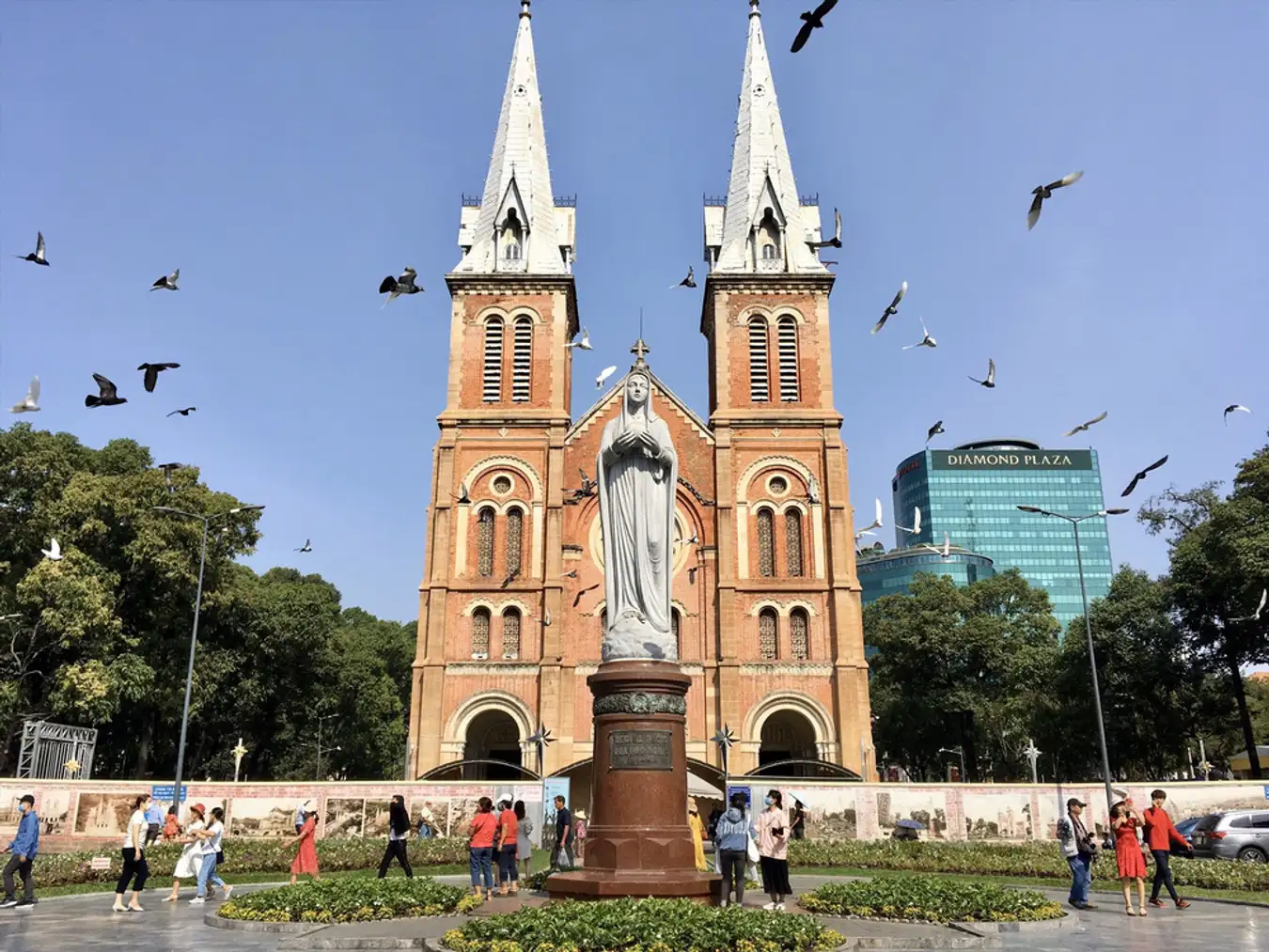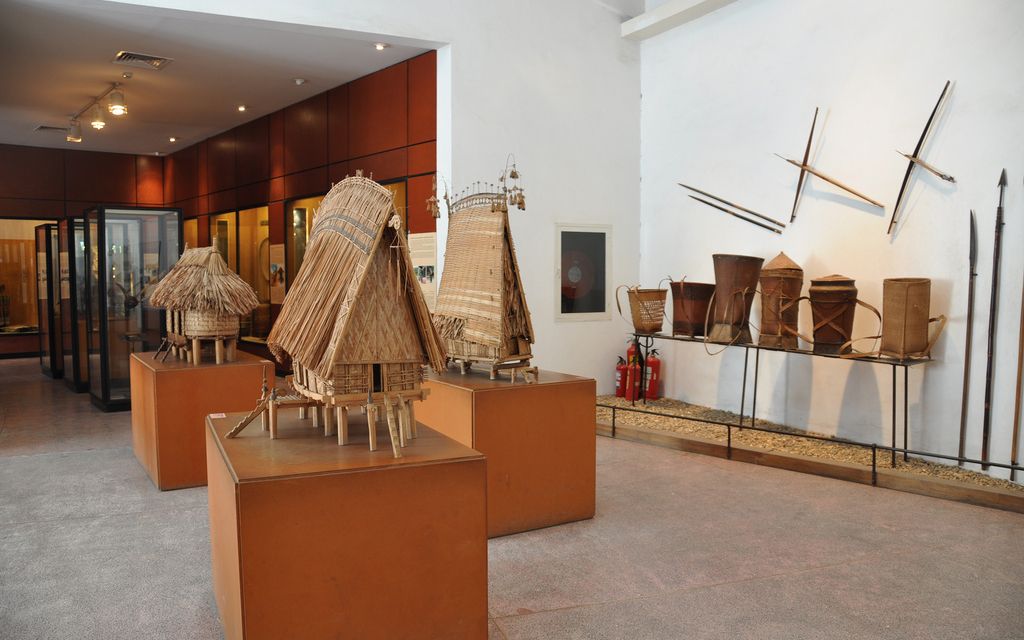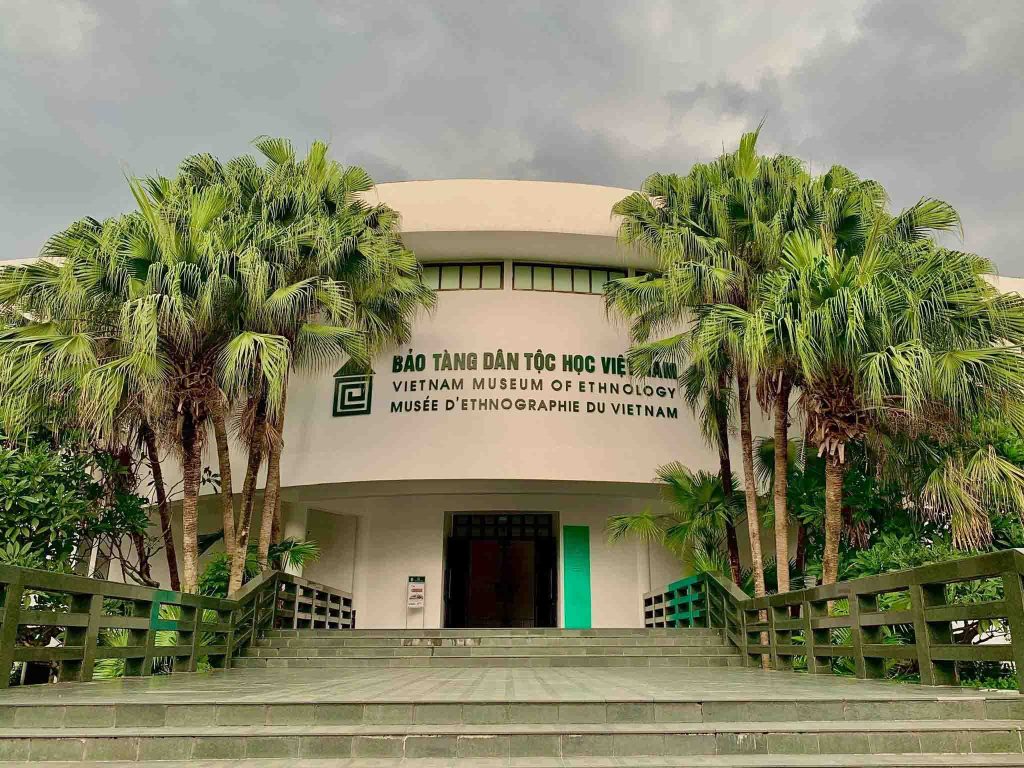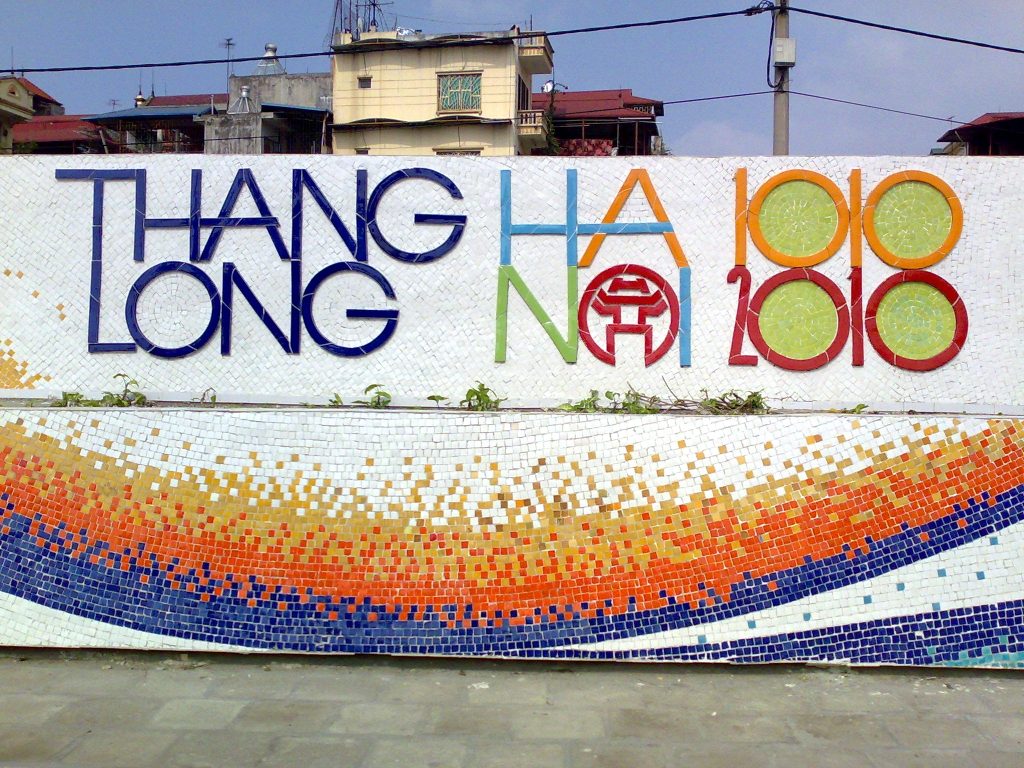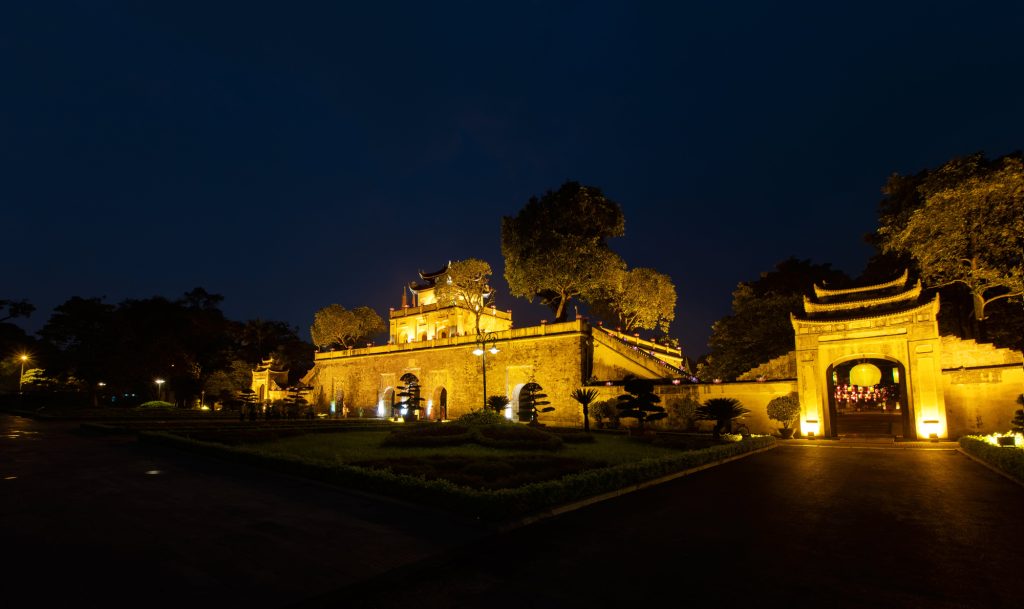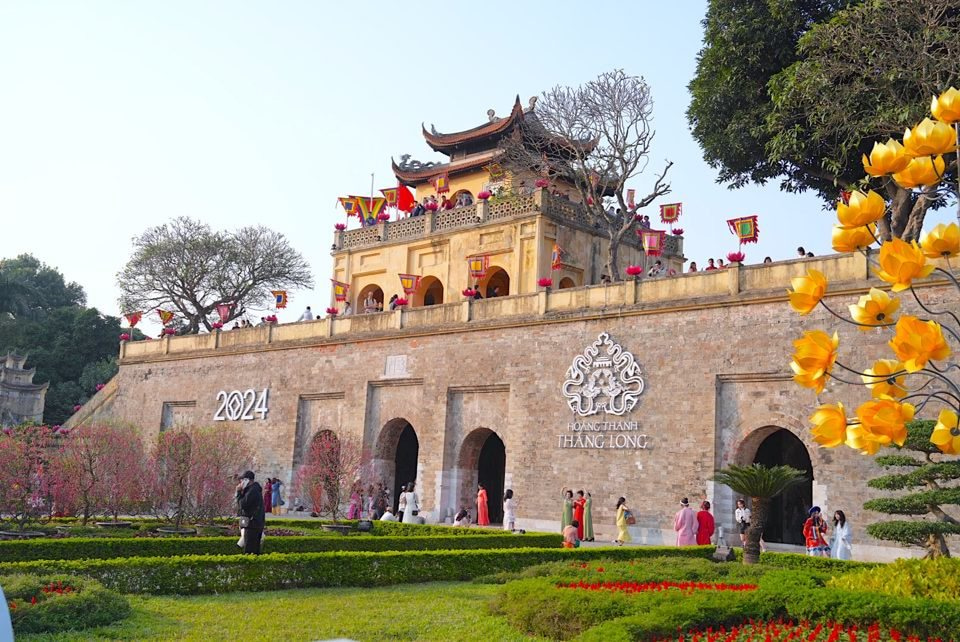Discover the Iconic Notre Dame Cathedral in Ho Chi Minh City
The Notre Dame Cathedral, an iconic landmark in Ho Chi Minh City, Vietnam, symbolizes the city's rich architectural heritage. Honored as one of the world's 19 most majestic cathedrals and the only representative from Southeast Asia, this enduring masterpiece attracts tourists daily with its ancient grandeur, holiness, and enchanting photography spots.
Location: 01 Paris Commune, Ben Nghe, District 1, Ho Chi Minh City, Vietnam (click here to open google map)
Location of Notre Dame Cathedral Ho Chi Minh city
The Notre-Dame Cathedral Basilica of Saigon is located in the heart of Ho Chi Minh City, Vietnam. Specifically, it stands in District 1, the central district of the city. The cathedral is prominently situated at the intersection of Đồng Khởi Street (formerly Rue Catinat) and Lê Duẩn Boulevard. This prime location not only makes it easily accessible but also establishes it as a prominent landmark in the bustling urban landscape of Ho Chi Minh City. The cathedral's central position ensures it is a focal point for both locals and tourists, contributing to its status as a symbol of the city's rich architectural heritage.
Discover the Architectural Beauty of Sai Gon Central Post Office
Discover the history of Notre Dame Cathedral
In the late 19th century, during the French colonial period in Vietnam, the construction of Notre-Dame Cathedral was commissioned by the French government to serve as a prominent church for French colonists. The cathedral, designed in the Gothic architectural style popular in medieval Europe, was a reflection of French influence in the region. Drawing inspiration from French Gothic cathedrals, it boasted features like pointed arches, ribbed vaults, and flying buttresses. Completed in 1880, the cathedral was officially dedicated to the Virgin Mary as "Notre-Dame de Saigon."
A fascinating aspect of Notre-Dame Cathedral's history is the evolution of its exterior. Initially, a bronze statue of Bishop Pigneau de Behaine and Prince Canh, the eldest son of Emperor Gia Long, adorned the church's forecourt. However, in 1945, the statue was removed, leaving behind its red marble pedestal. Subsequently, in 1959, Bishop Joseph Pham Van Thien replaced it with a statue of Our Lady of Peace, crafted from granite in Rome. This symbolic gesture marked the cathedral's declaration as Notre-Dame Cathedral.

Over the centuries, Notre-Dame Cathedral has stood witness to the tumultuous history of Saigon. It has weathered periods of war, political upheaval, and social change, yet has remained a steadfast symbol of faith and resilience. As a result, it has become an integral part of the urban landscape in South Vietnam, embodying both architectural magnificence and historical significance.
Today, Notre-Dame Cathedral continues to serve as a religious sanctuary for the Catholic community in Saigon, numbering roughly 6.2 million. Additionally, it holds immense cultural and touristic value, attracting visitors from around the world who are drawn to its storied past, stunning architecture, and spiritual ambiance. At 159 years old, Notre-Dame Cathedral stands as a timeless testament to the enduring legacy of faith and heritage in Ho Chi Minh City.
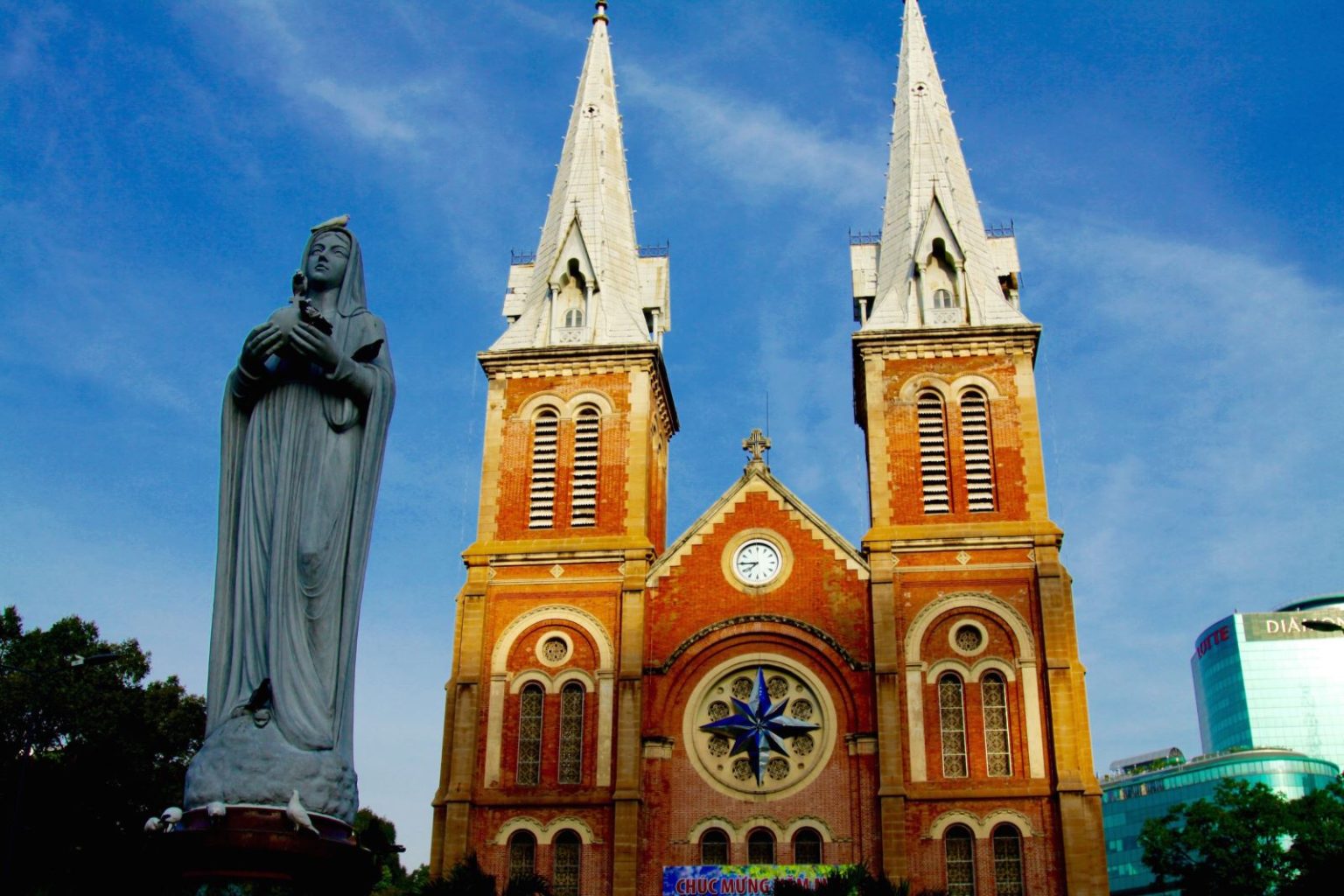
Unique architecture of Notre Dame Cathedral
1. Building materials
Notre Dame Cathedral stands out for its distinctive façade, constructed entirely of red bricks—an uncommon choice for Gothic cathedrals. Unlike its counterparts, which predominantly utilize stone, Notre Dame's use of imported red bricks from France lends it a unique and eye-catching appearance.
The decision to use red bricks was not merely an aesthetic choice but also a practical one. The availability of suitable stone in Vietnam was limited, prompting architects to import bricks from France. These bricks, known for their durability and uniformity, were carefully selected to ensure the structural integrity and visual appeal of the cathedral.
The use of red bricks imparts a warm and earthy hue to the cathedral's exterior, creating a striking contrast against the surrounding urban landscape. Over time, the bricks have weathered gracefully, further enhancing the cathedral's character and charm.
In addition to its aesthetic appeal, the choice of red bricks reflects the colonial influence of the French in Vietnam during the 19th century. By incorporating materials imported from France, Notre Dame Cathedral serves as a tangible reminder of the historical and cultural exchange between East and West.
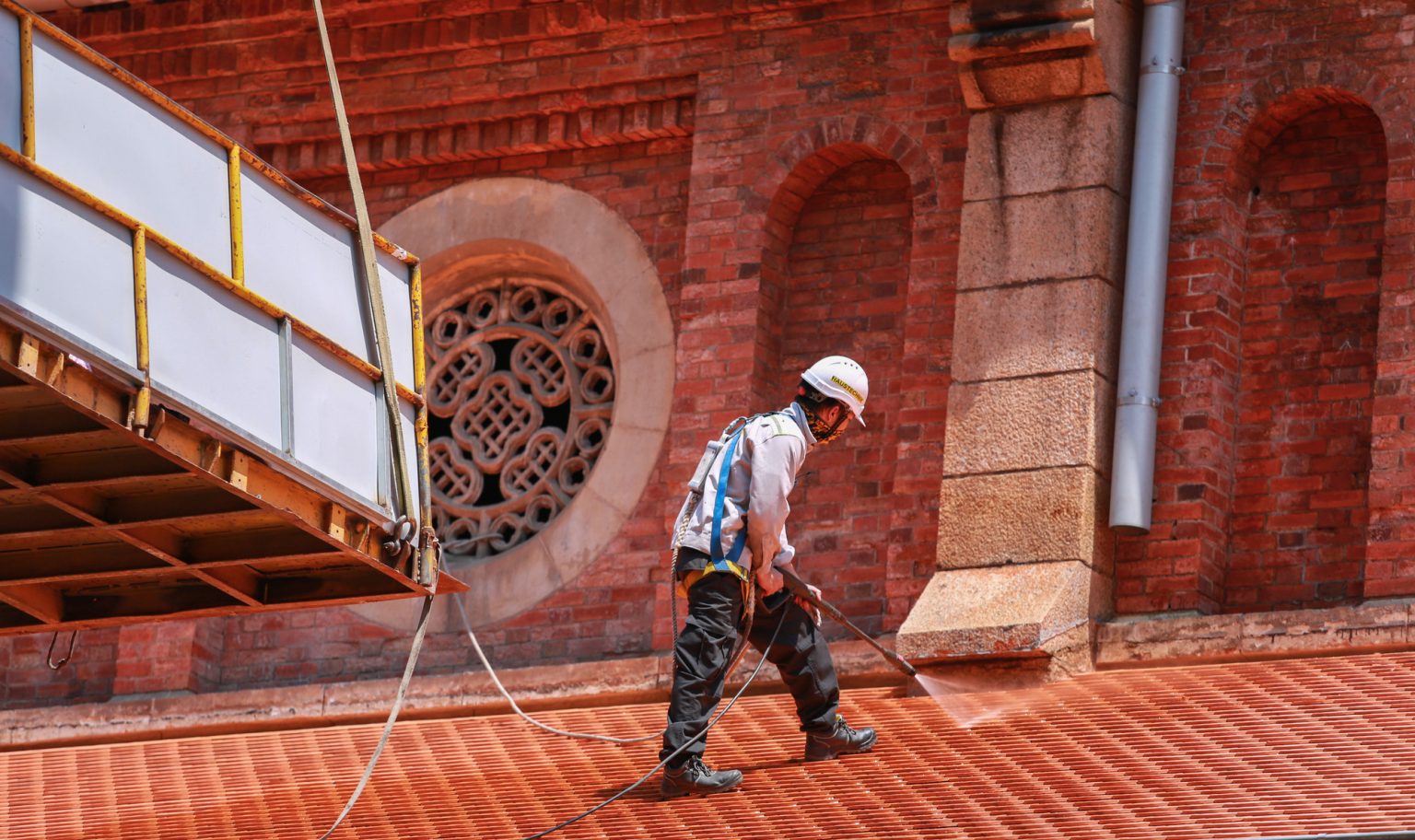
2. Design of Saigon's Notre Dame Cathedral
Notre Dame Cathedral in Saigon is a stunning testament to Gothic architecture, reminiscent of the grand cathedrals of medieval Europe. However, it also incorporates elements of neo-Romanesque design, resulting in a unique and captivating aesthetic that distinguishes it as a landmark in Ho Chi Minh City.
The interior layout of the cathedral is characterized by a central nave flanked by two sub-sacred spaces, delineated by rows of pillars representing the 12 apostles. The main altar, adorned with monolithic marble sculptures and intricate carvings, serves as the focal point of the chapel range. The walls are adorned with 56 circular stained glass windows, allowing natural light to filter in and illuminate the central portraits of Jesus Christ at the altar.

Bell Towers
Notre Dame Cathedral is renowned for its majestic twin bell towers, flanking the cathedral's main entrance and towering over the bustling streets of Ho Chi Minh City. These iconic towers, identical in design, soar to an impressive height of approximately 58 meters (190 feet) each, making them a prominent feature of the city's skyline.
Originally, the front buildings of Saigon Basilica stood at a height of 36.6 meters. However, in 1895, the French erected two bell towers reaching a towering height of 57.6 meters, crowned with elegant iron spires. At the apex of each tower sits a magnificent 3.5-meter-tall crucifix, elevating the towers to a total height of 60.5 meters and establishing them as the tallest bell towers in Vietnam.
The twin towers house a collection of six bronze bells, collectively weighing an impressive 30 metric tons. These power-operated bells, crafted in France and transported to Saigon in 1879, add to the cathedral's auditory splendor. While typically rung individually for regular services, all six bells chime together on special occasions, such as Christmas Eve, their resonant tones echoing across the city for up to 10 kilometers.
Nestled between the twin bell towers is a remarkable clock, boasting a weight of 1 ton and a timeless elegance. Manufactured in Switzerland in 1887, this intricate timepiece has stood the test of time, faithfully keeping watch over the cathedral for 135 years. Its ornate design and precise movements serve as a testament to the craftsmanship of generations past.

Guide to visit Notre Dame Cathedral Basilica of Saigon
Location and Transportation: Situated in downtown Ho Chi Minh City, Notre Dame Cathedral Basilica of Saigon is easily accessible by various means of transportation.
Opening Hours:
Nearby Attractions: Saigon Notre Dame Basilica enjoys a central location surrounded by numerous must-visit sites for travelers.

